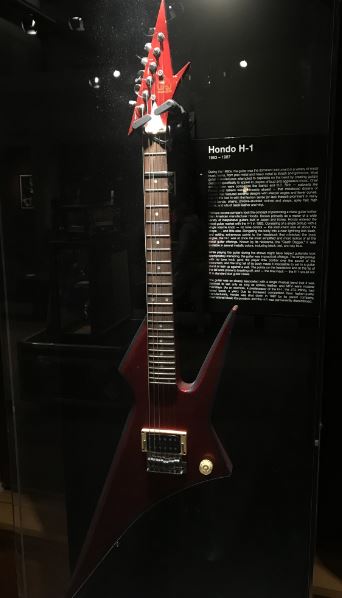May 11th, 1869
Dear, Father & Mother
I hope this letter find you in good health and that everyone is doing well. I want to write you of my experience at Promontory Summit, Utah. My regiment arrived by train the day before the Great Event as the reporters called it. As most people know the transcontinental railroad is almost done. This is an amazing accomplishment for the United States no longer will people of this great nation have to travel by ship or by wagon to get to California. People are saying in less than four days you can cross the country.
I am seeing first hand how this is possible. Already since leaving Virginia we have made record time and now I find myself in dry aired landscape of Utah. Company K pitched tents and settled for the evening near the railroad track. Our camp is small consisting of a Sibley, two dog tents and couple of other tents for men and gear. We hoisted a flag in camp and even have a portable telegraph box. Tomorrow the president of the Union Pacific, Charles Durrant will arrive. His train has been delayed due to heavy rains. It is peaceful right now and the weather is calm. Tomorrow the rails will be joined by a golden railroad spike and the East and West will have a road made of iron.
The trip so far has been comfortable. The train travels at speeds of 35 miles per hour and it is hard to watch the country side go by as it passes so quickly. By the time one of my men tell me to look at something from the window it has already passed. This evolution in transportation will greatly speed up commerce all over the nation. The locomotive stops every 25 miles or so to fill with water and more coal. Once we crossed the Mississippi River towns grew smaller and smaller and the wide openness of the prairie stretched on like an ocean.
The men right now are sitting around the fire enjoying themselves and looking forward to California and the new post we will have. People say that California is the land where a man can strike is rich and make something of himself. All I know is that I miss home and you. Another man in our regiment also missies someone close to him. His name is Neal he always says he misses Poly but never talks much about her. She must be very special to him. Well mom my men are calling me over to join them so I will write more later.
May 10th
Hello mother and father,
What a day that my company and I had. I have witnessed history here today. We even helped with the festivities during the event by standing guard and help with the flag raising. Our day started at dawn. Breakfast consisted of oatmeal and cranberries. The Captains wife, Mrs. Clyne is with us on this trip as she is relocating with him so our food as been exceptional. Already at day break reporters were showing up and asking questions of who we are and what we were doing. Of course, our captain was not hesitant to stand up first and make sure the reporter had his name spelled correctly and all his information was indeed correct. He told us “Boys we are making history here today. As we are the first regiment to cross the country by the rail!”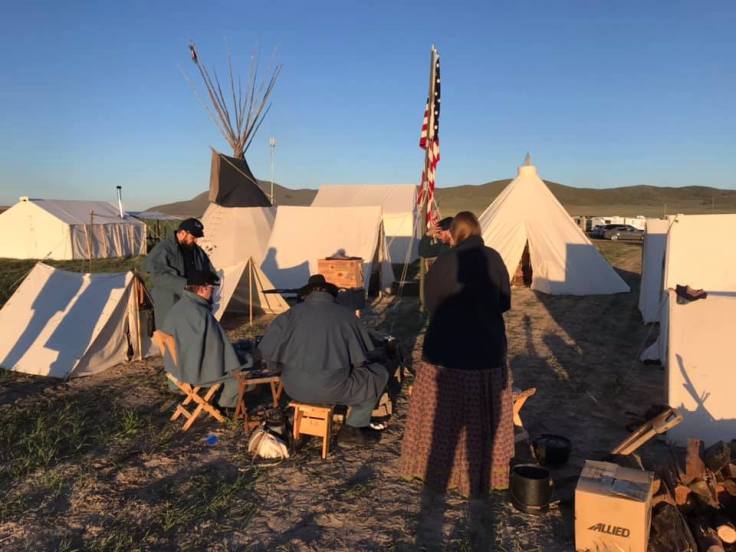
When we marched over to the rails later that morning, already there were hundreds of people swarming the glistening locomotives. The Union Pacific had the 119 a beautiful burgundy painted engine with Johnny Appleseed painted on the sand dome along with lots of shining brass. The Central Pacific arrived with the Jupiter and it is equally magnificent with crimson blue paint and gold inlay on the tender. Both engines were parked nose to nose and before them lay a gap where the last rail would go.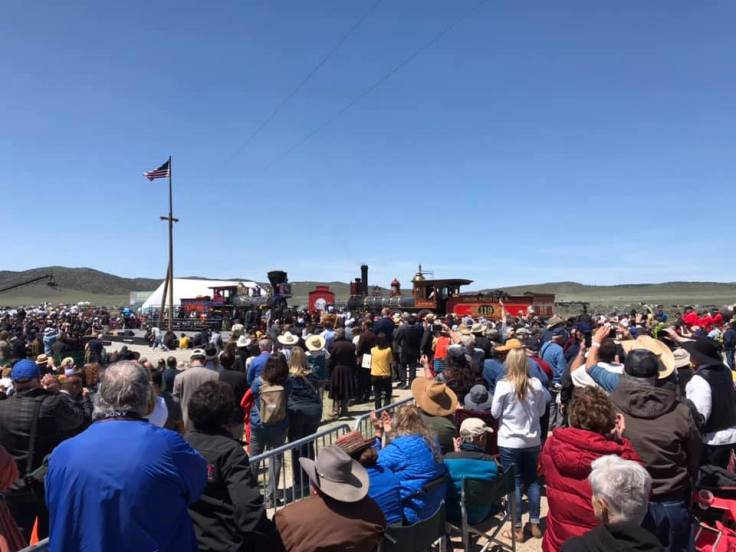
Both the presidents of the railroad companies stood before the rail with Leland Stanford, the president of the Central Pacific holding the pure gold railroad spike and Mr. Durrant with a silver platted Maul. Alongside the track connected to the telegraph wire was a man typing out on his key everything that was taking place during the event. I hope you and all in town were able to crowed into the telegraph office and listen. If only you could have been here, I know you would have enjoyed it. There were a couple of photographers taking photos so maybe Ill be in one or so. They say the photos will go into the newspapers.
We stood for what seemed like hours next to the locomotives and were able to sneak some shots of us in front of the engines while the dignitaries talked. Finally, time had come to complete the railroad and the last rail was laid and spike driven into a special polished railroad tie form California. Everyone cheered and then another railroad tie was put in where the fancy one was and a regular iron spike was driven into that tie completing the railroad. The telegrapher typed out, done and everyone knew that it was over. After seven years of work we have a transcontinental railroad.
After the ceremony ended everyone clambered to get a piece of the railroad tie and chipped it away. Soon they will need to lay another. Our captain told us to gather all our stuff up and prepare to board the train again as the westbound is ready to leave. We are the first train to cross over and get to see Promontory fade into the distance as we head west into more desert. It is so dry out here I do hope California will be greener.
Take care, your loving son

~2019
150 years later I was able to take part in the re-enactment ceremony at Promontory Point. The story above is my recollection of the event with a little dreaming in-between. It was a huge event with well over 10,000 people showing up. I camped with the Ft. Boise Garrison group from Boise who are also good friends of mine and they let me dress and be part of it all. It was fascinating to see how people lived and dress back then, before the age of plastic. The weekend was memorable and almost the same perfect 70 degree weather 150 years later. The event had the president of Union Pacific, Secretary of the Interior, Governor of Utah and leader for Mormon Church. I partaked in not only the ceremony of the 10th but also on the 12th. I want to thank the Ft. Boise Garrsion for loaning of the clothes and also for letting me be apart of history. The driving of the golden spike 150 years ago was the moon landing of the day and 100 years later we went to the moon. I plan to be back in 2069 for the 200th anniversary. Who knows what we will have accomplished by then.


 The first and only town really you will go through once leaving Vegas is Pahrump, Nevada. The town reportedly chose the name for Pahrump after the original indigenous name Pah-Rimpi, or “Water Rock,” so named because of the abundant artesian wells in the valley. Because of the artesian wells, the new inhabitants of Pahrump Valley began a number of large ranch-style holdings, mostly over 1000 acres.
The first and only town really you will go through once leaving Vegas is Pahrump, Nevada. The town reportedly chose the name for Pahrump after the original indigenous name Pah-Rimpi, or “Water Rock,” so named because of the abundant artesian wells in the valley. Because of the artesian wells, the new inhabitants of Pahrump Valley began a number of large ranch-style holdings, mostly over 1000 acres. In 1914, the Death Valley Railroad started operating between Ryan, California and Death Valley Junction. It carried borax until 1928, when operations ceased. From 1923 to 1925 the Pacific Coast Borax Company constructed buildings in the town, hiring architect Alexander Hamilton McCulloch to design a Spanish Colonial Revival whistle stop centered at the hotel, theater and office complex building, now known as the Amargosa Opera House and Hotel.
In 1914, the Death Valley Railroad started operating between Ryan, California and Death Valley Junction. It carried borax until 1928, when operations ceased. From 1923 to 1925 the Pacific Coast Borax Company constructed buildings in the town, hiring architect Alexander Hamilton McCulloch to design a Spanish Colonial Revival whistle stop centered at the hotel, theater and office complex building, now known as the Amargosa Opera House and Hotel.

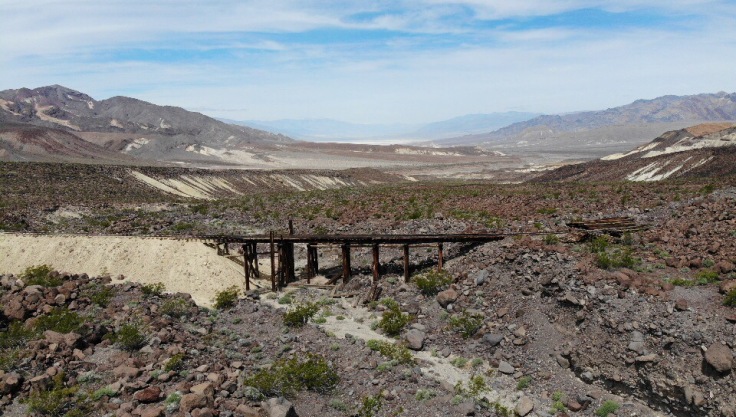




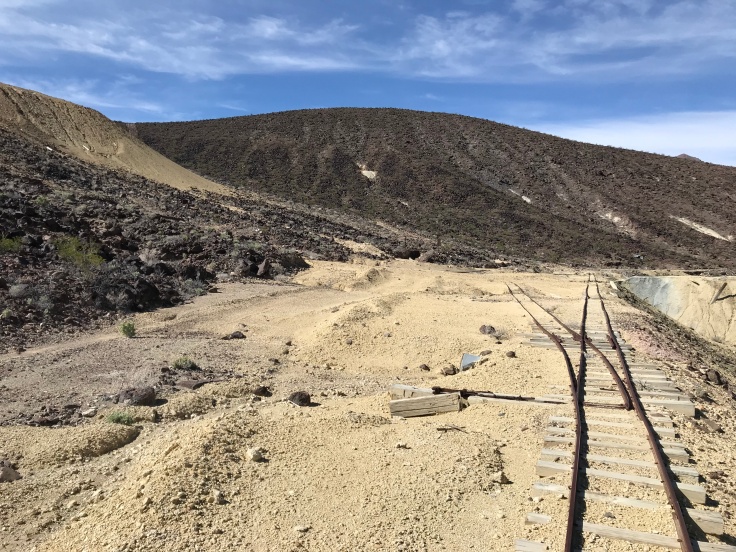


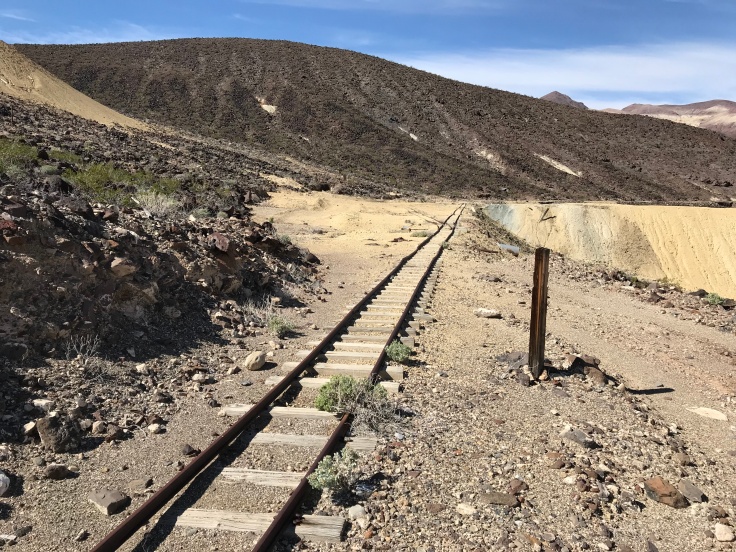
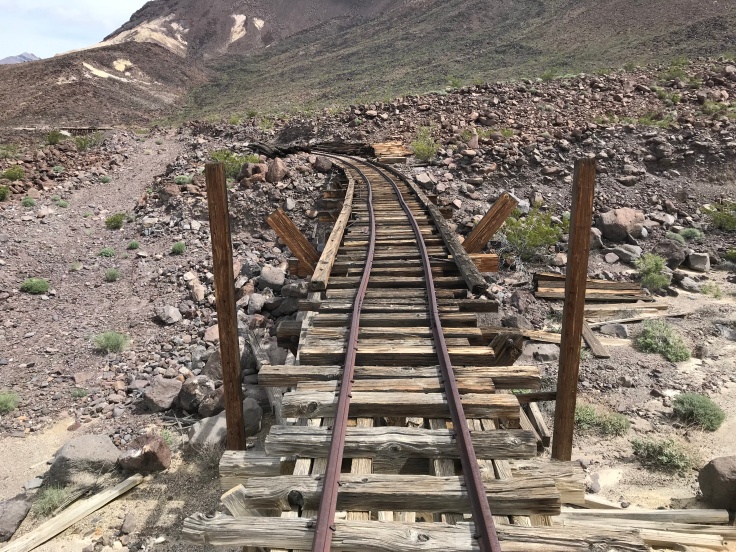
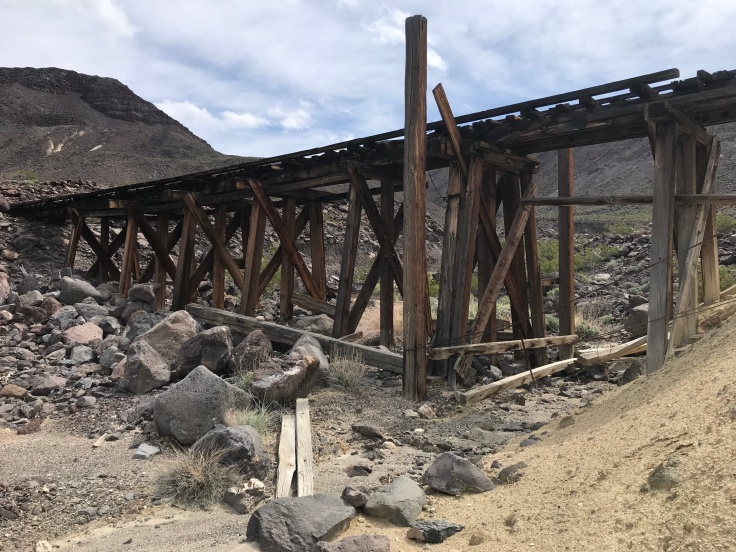
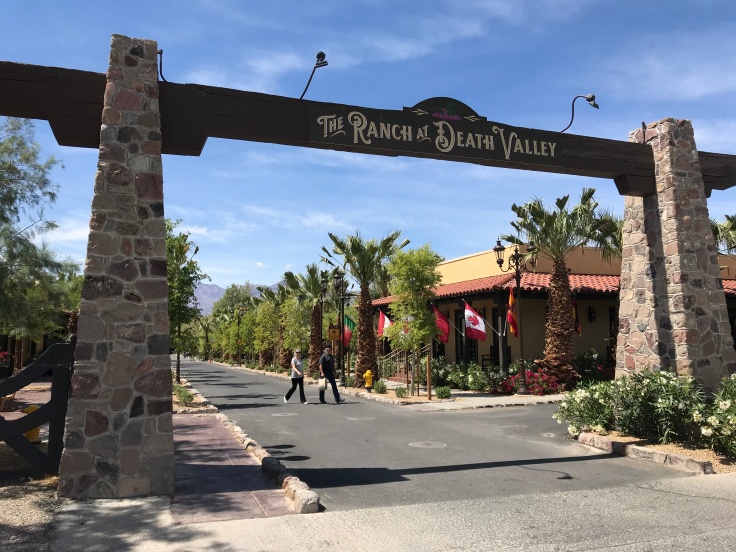



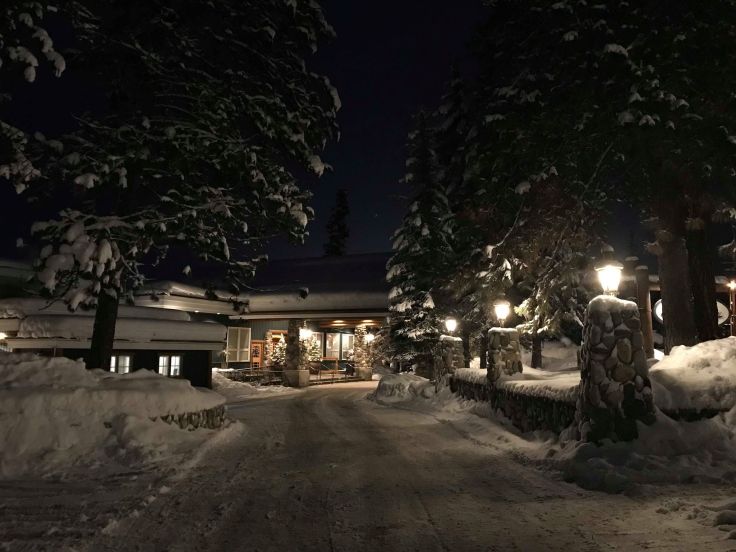

 Everything looked so pretty covered in white and when the clouds parted and the sun came out everything glistened. I had planned a special surprise for Christina before we left on our trip which was a 1:30pm sleigh ride. So to kill time in the morning we walked around town in McCall and since the storm had passed the clouds lifted and you could see all the way across the lake which was totally frozen solid. Ice fishermen had set up on the lake to catch the hungry fish below. I walked out on the lake as I had never walked on a frozen lake and you know you really couldn’t tell that you were even on water. Christina watched from the shore..haha.
Everything looked so pretty covered in white and when the clouds parted and the sun came out everything glistened. I had planned a special surprise for Christina before we left on our trip which was a 1:30pm sleigh ride. So to kill time in the morning we walked around town in McCall and since the storm had passed the clouds lifted and you could see all the way across the lake which was totally frozen solid. Ice fishermen had set up on the lake to catch the hungry fish below. I walked out on the lake as I had never walked on a frozen lake and you know you really couldn’t tell that you were even on water. Christina watched from the shore..haha.
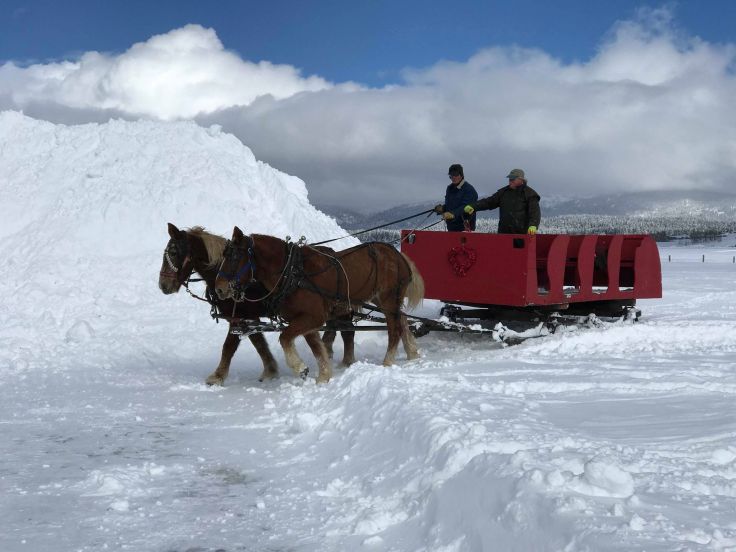
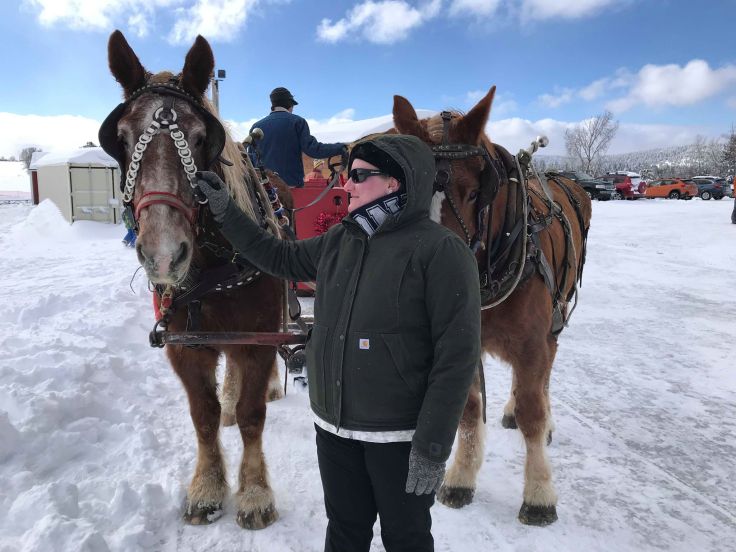
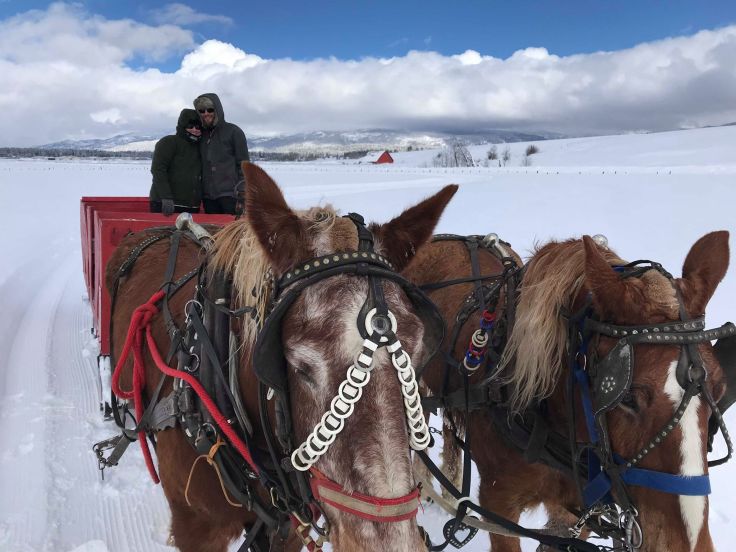





 The Chicago, Rock Island and Gulf Railway reached the region in 1902 and named their stop Shamrock. A post office and a school soon opened next to it. Business followed and the town was incorporated in 1911. Oil was discovered in the area in 1925 bringing wealth and growth to Shamrock. Route 66 was the town’s main street, filled with diners, garages, filling stations and motels. Unfortunately when I-40 skipped the city center, most of these businesses closed or moved out of town, to the bypass. Natural gas, oil and cattle, and increasingly Road Trip Tourism are the main pillars of the local economy.
The Chicago, Rock Island and Gulf Railway reached the region in 1902 and named their stop Shamrock. A post office and a school soon opened next to it. Business followed and the town was incorporated in 1911. Oil was discovered in the area in 1925 bringing wealth and growth to Shamrock. Route 66 was the town’s main street, filled with diners, garages, filling stations and motels. Unfortunately when I-40 skipped the city center, most of these businesses closed or moved out of town, to the bypass. Natural gas, oil and cattle, and increasingly Road Trip Tourism are the main pillars of the local economy.

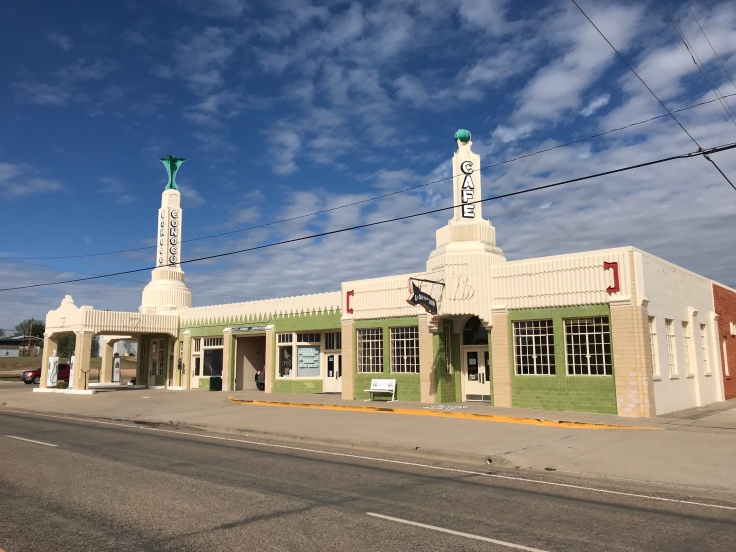
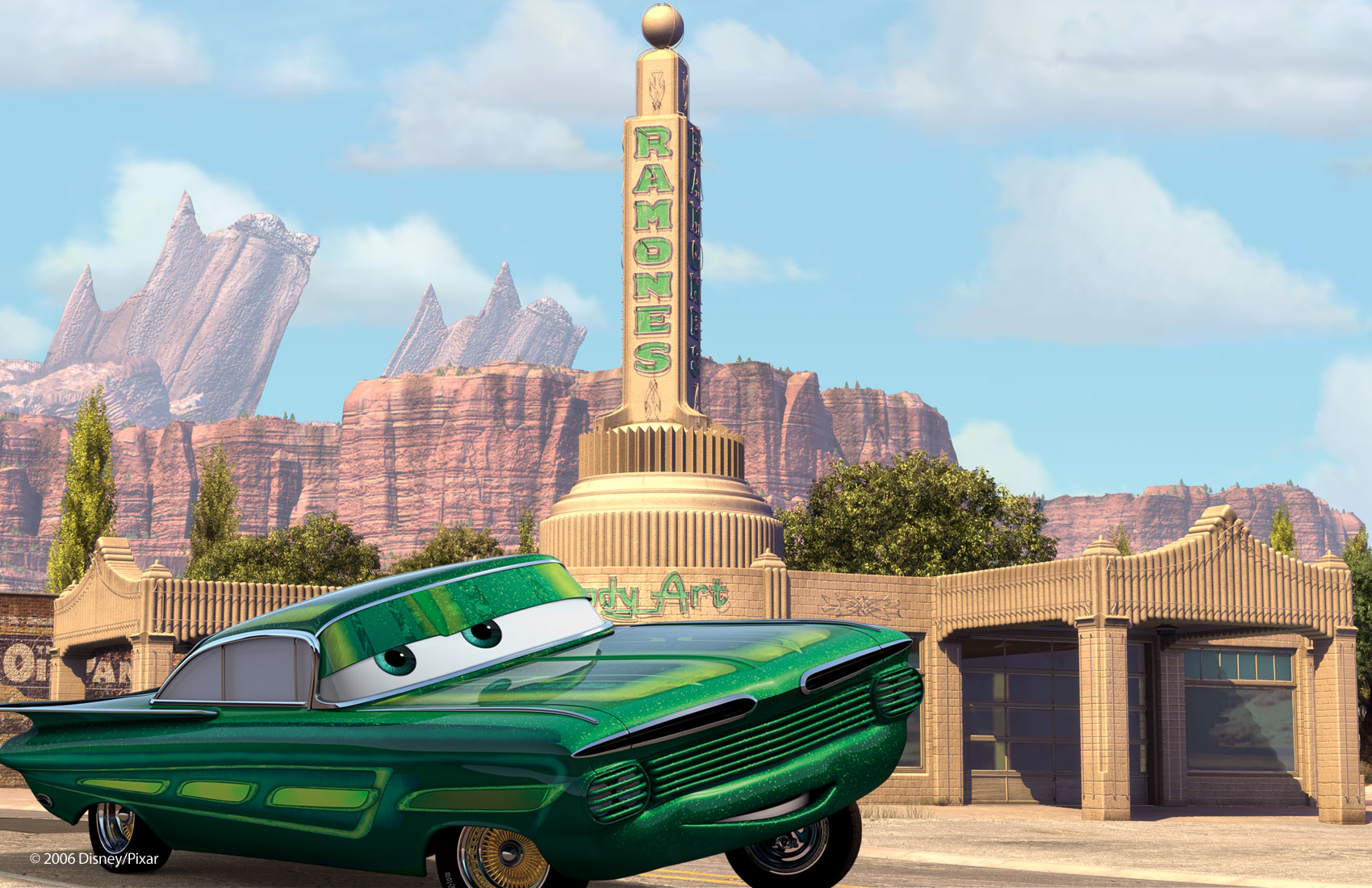




















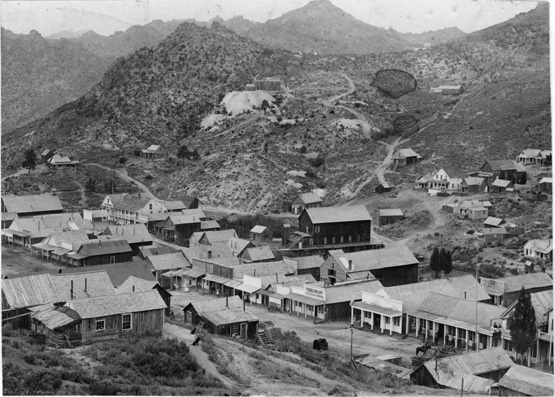
 The Idaho Hotel one of the main iconic buildings in Silver City once housed 40 rooms and electric power. It was restored and re-opened for tourists in 1972. It relies today on the use of propane refrigerators and stoves in order to supply cold drinks and snacks or a complete meal to guests during the summer months. The rooms are fitted with indoor plumbing and furnished with antiques, making it a tourist destination though today there are only 13 rooms. By 1972, the townsite and its environs were listed on the National Register of Historic Places as a historic district, the Silver City Historic District.
The Idaho Hotel one of the main iconic buildings in Silver City once housed 40 rooms and electric power. It was restored and re-opened for tourists in 1972. It relies today on the use of propane refrigerators and stoves in order to supply cold drinks and snacks or a complete meal to guests during the summer months. The rooms are fitted with indoor plumbing and furnished with antiques, making it a tourist destination though today there are only 13 rooms. By 1972, the townsite and its environs were listed on the National Register of Historic Places as a historic district, the Silver City Historic District.

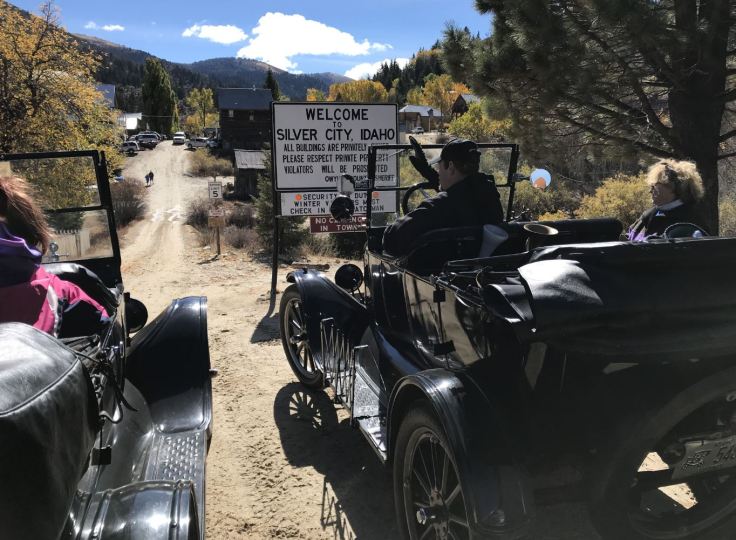




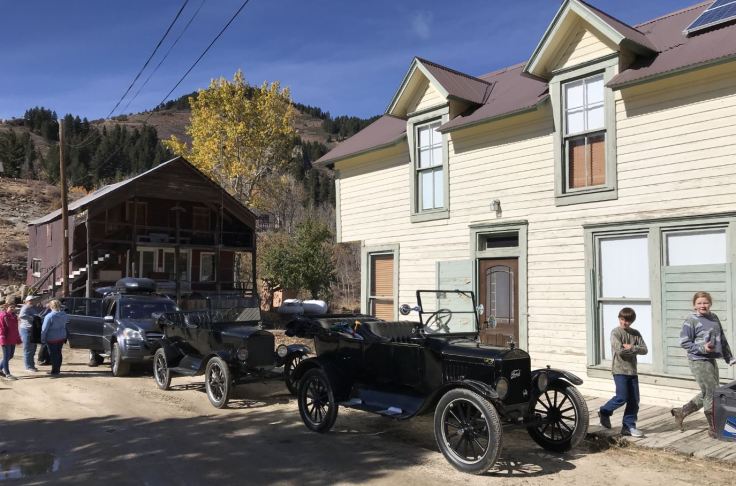

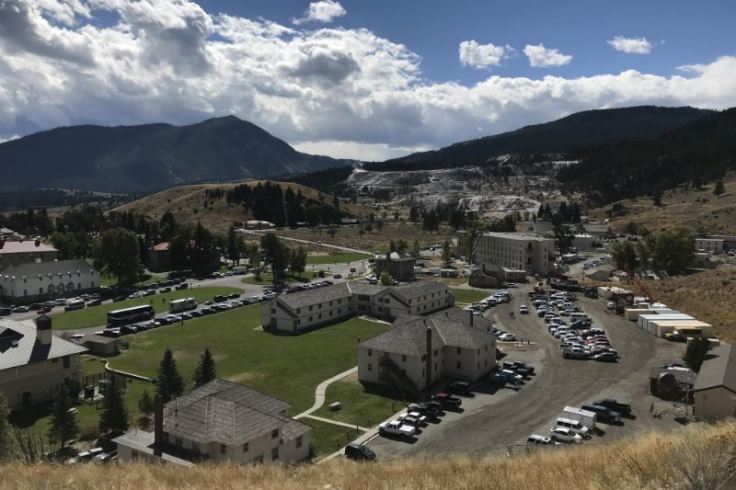






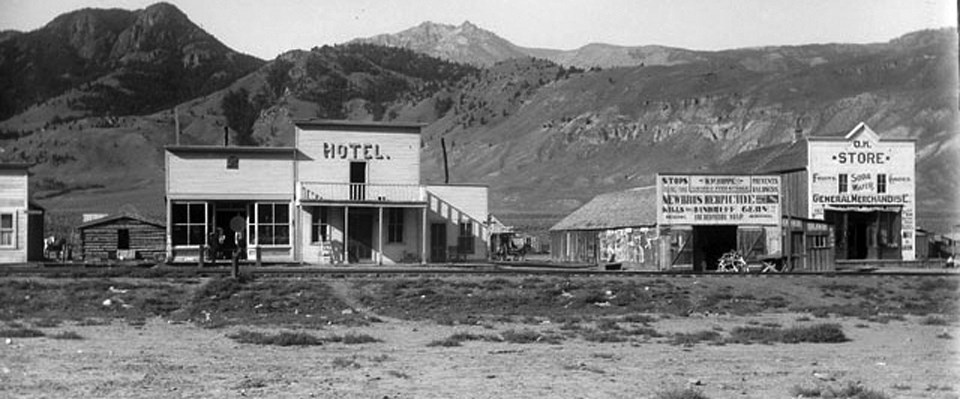












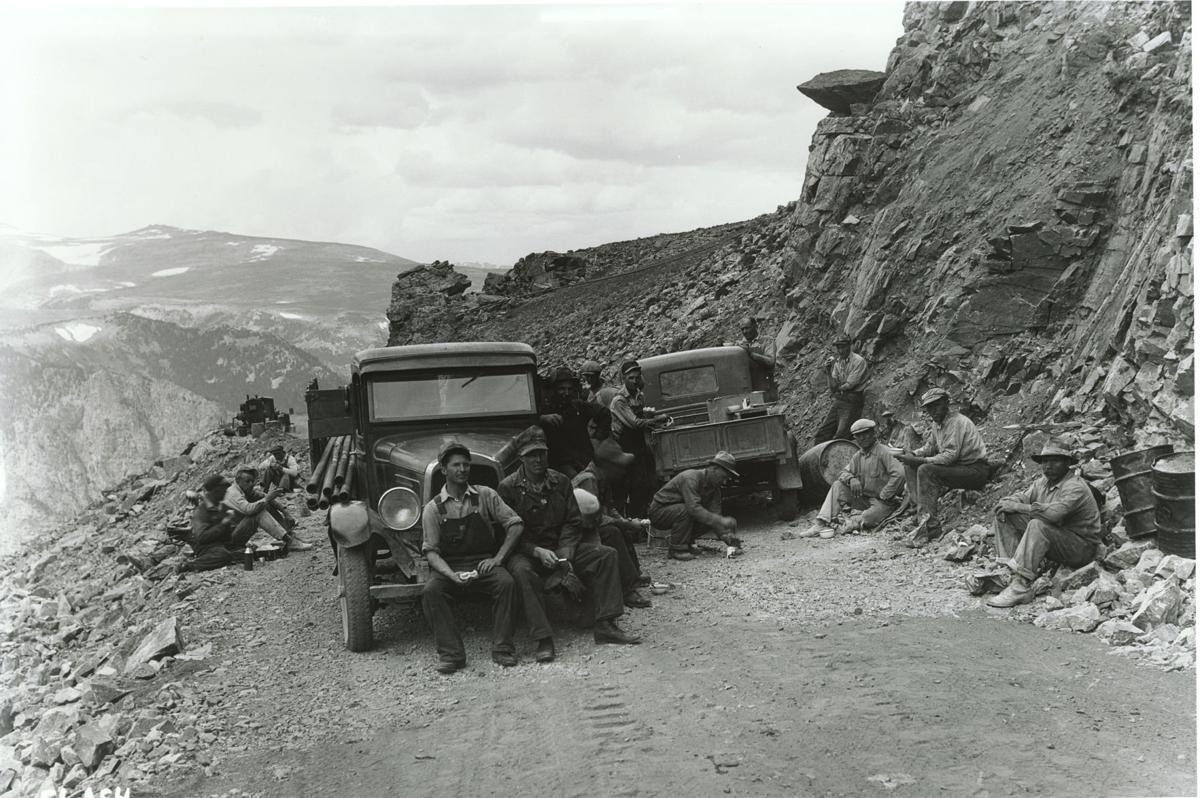



 The railroad was the heartbeat of Billings as it grew. The Northern Pacific, Great Northern, Chicago, and Burlington & Quincy railroad companies made regular stops on Montana Avenue. I explored Montana Ave. and the old Northern Pacific Depot which is currently an event center and hosts many weddings in the baggage side of the building.
The railroad was the heartbeat of Billings as it grew. The Northern Pacific, Great Northern, Chicago, and Burlington & Quincy railroad companies made regular stops on Montana Avenue. I explored Montana Ave. and the old Northern Pacific Depot which is currently an event center and hosts many weddings in the baggage side of the building.




 In the hall they had all kinds of guitars and even as they say the largest playable guitar in the world. I felt like I was at the Hard Rock Cafe.
In the hall they had all kinds of guitars and even as they say the largest playable guitar in the world. I felt like I was at the Hard Rock Cafe.